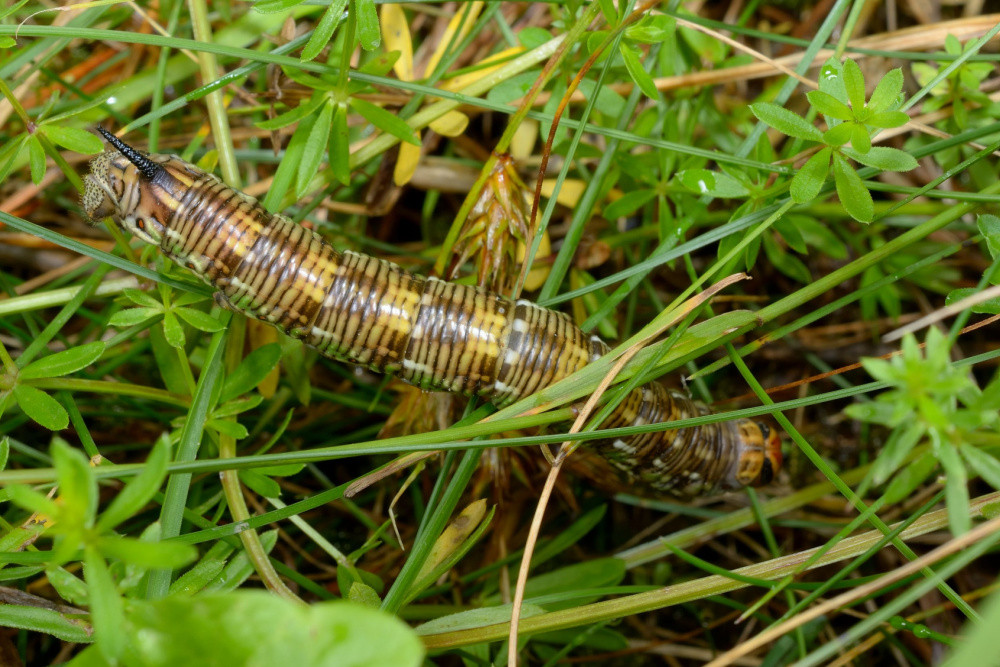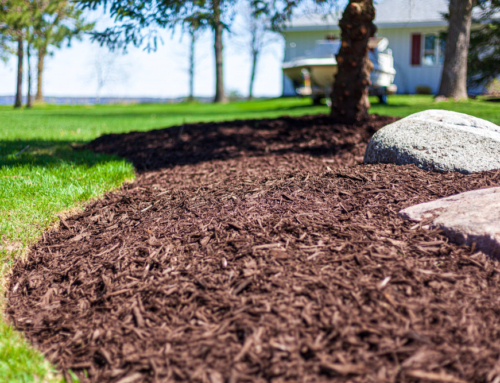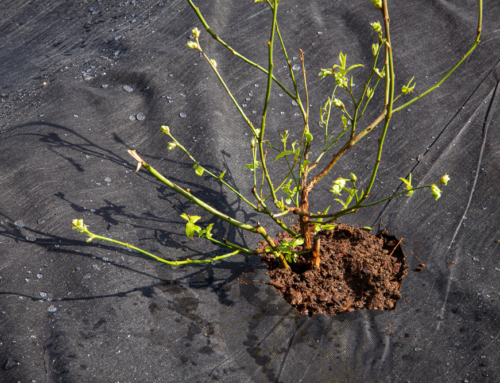Sod webworms are known as the ‘lawn killers’ for a reason. They have a deep affinity for beautiful, thick lawns and are incredibly difficult to eliminate. Adult webworms are known as lawn moths and can fly from lawn to lawn until they find their preferred yards, where they can lay their eggs.
While no particular type of lawn is safe from sod webworms, they are especially fond of bluegrass and can turn pristine bluegrass lawns into an ugly series of brown patches in no time. The initial stages of webworm infections are characterized by the sight of tiny, brownish-gray moths flying around your lawn in the early evenings.
However, the moths don’t damage the lawn while flying above it. Instead, they lay eggs, which drop down to the grass and, after a couple of days, hatch into larvae. So, the more you see the tiny moths flying over your lawn, the larger the problem you will have, as every day, new eggs will be laid and dropped on the grass. Subsequently, there will be a high number of larvae hatched, which means more damage to the lawn, as larvae feed on grass.
Below are some helpful tips on how to detect and manage a sod webworm infestation:
Detection
Below are three distinct signs you can look for if you suspect the pesky moths have attacked your lawn:
Lawn Damage
Apart from the evening flights, the other evident sign of sod webworms on your lawn is the presence of dead patches scattered across your erstwhile healthy lawn.
If not managed early enough, the whole lawn may die within a few weeks, as lawn moths are greedy eaters.
That said, the damage caused by webworms can be easily confused with drought damage. But there is a difference. Grass damaged by drought will be uniformly dead or withered, whereas grass attacked by webworms will be damaged in patches.
On close inspection, the patched grass will appear very closely clipped. This is because sod webworms typically chew the grass very near the soil and carry it to tunnels they build either in the thatch layer or immediately above it.
Excrement
Webworm larvae poop a lot, and the surest way to pinpoint an infestation is to find their excrement.
Larvae excrements (tiny green pellets) can be found in high concentrations between the intersections of healthy and dead grass.
The worms move outward from dead to healthy grass, so most of their activity is concentrated on the intersections.
The Sight of Actual Worms
The worms have segmented bodies, making them look similar to caterpillars.
They, however, have greenish bodies with dark spots on most segments, and body sizes can range from 1/4″ to 3/4″.
Repairing Lawn Damage from Sod Webworm Attacks
Due to their prevalence and resilience, it is almost impossible to get rid of sod webworms on your own.
We strongly recommend getting a lawn management professional to assess the damage and repair the lawn.
At Cerullo Landscape, we have a team of experts specializing in lawn maintenance. Contact us today and let us help you care for your lawn effectively during the summer drought.






